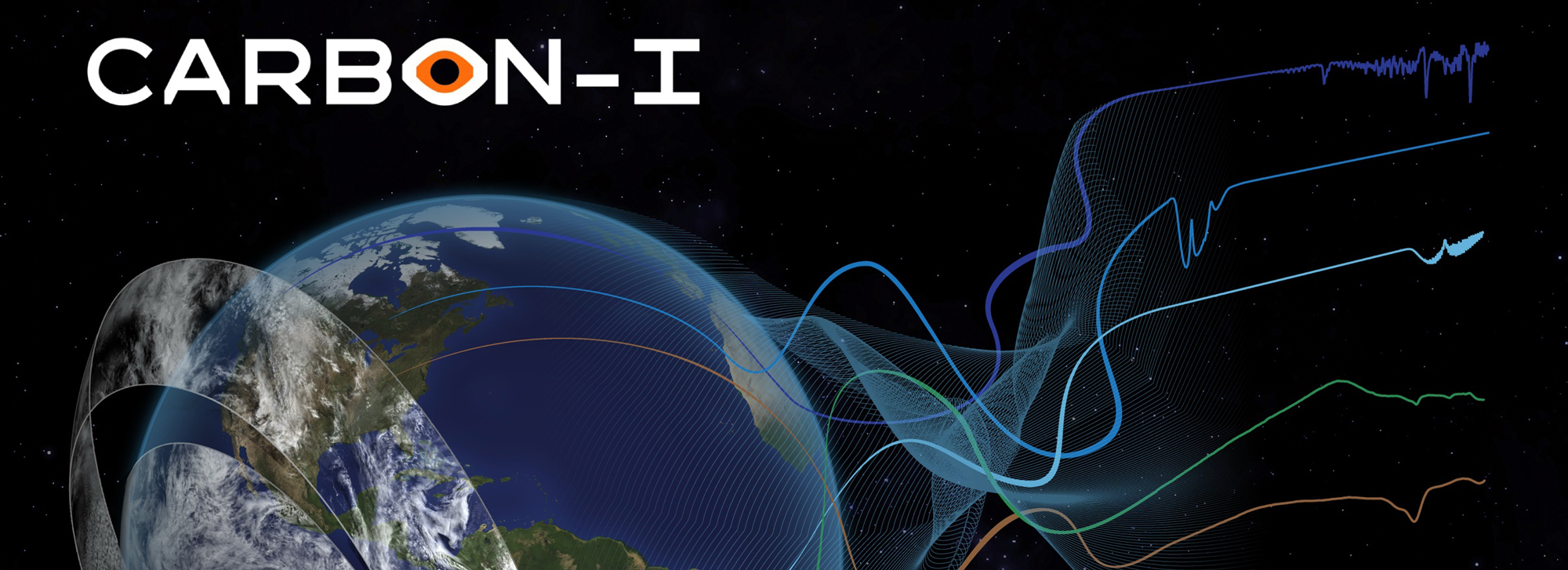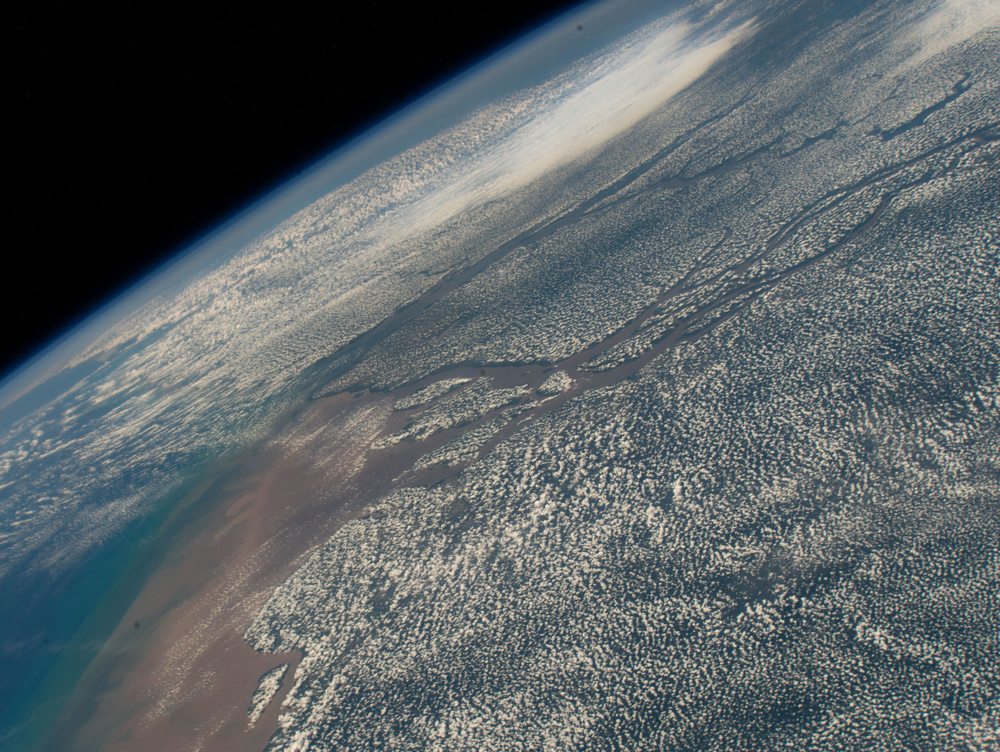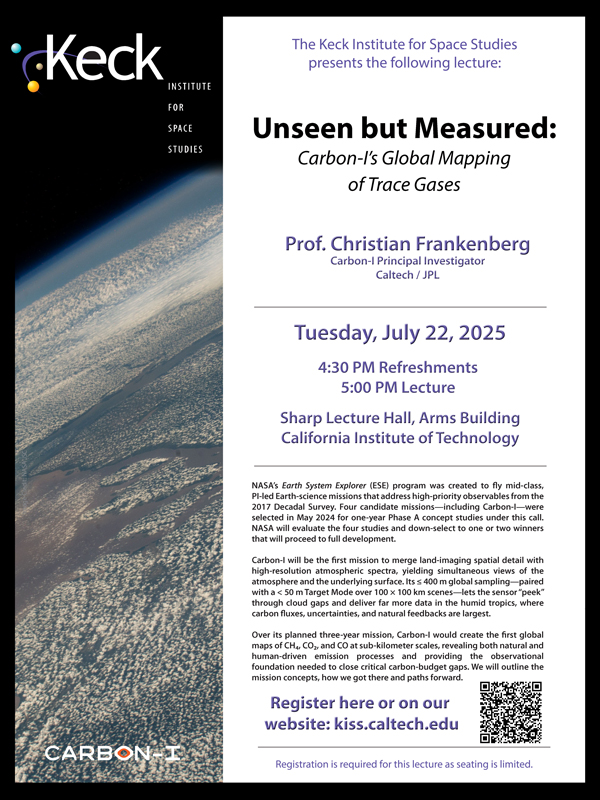

Unseen but Measured: Carbon-I’s Global Mapping of Trace Gases
Speaker: Prof. Christian Frankenberg
Carbon-I Principal Investigator
Tuesday, July 22, 2025
4:30 P.M. Reception
5:00 P.M. Lecture
Sharp Lecture Hall, Arms Building, California Institute of Technology
Abstract:
NASA’s Earth System Explorer (ESE) program was created to fly mid-class, PI-led Earth-science missions that address high-priority observables from the 2017 Decadal Survey. Four candidate missions—including Carbon-I—were selected in May 2024 for one-year Phase A concept studies under this call. NASA will evaluate the four studies and down-select to one or two winners that will proceed to full development.
Carbon-I will be the first mission to merge land-imaging spatial detail with high-resolution atmospheric spectra, yielding simultaneous views of the atmosphere and the underlying surface. Its ≤ 400 m global sampling—paired with a < 50 m Target Mode over 100 × 100 km scenes—lets the sensor “peek” through cloud gaps and deliver far more data in the humid tropics, where carbon fluxes, uncertainties, and natural feedbacks are largest.
Over its planned three-year mission, Carbon-I would create the first global maps of CH₄, CO₂, and CO at sub-kilometer scales, revealing both natural and human-driven emission processes and providing the observational foundation needed to close critical carbon-budget gaps. We will outline the mission concepts, how we got there and paths forward.
Speaker's Biography:
Christian Frankenberg is Professor of Environmental Sciences & Engineering (ESE) at Caltech and works on the global carbon cycle. He is the Carbon-I Principal Investigator and responsible for the quality and direction of the investigation. Dr. Frankenberg has two decades of experience in remote sensing of atmospheric trace gases, in particular methane (C. Frankenberg et al., 2005; Christian Frankenberg, Bergamaschi, et al., 2008; Christian Frankenberg, Thorpe, et al., 2016), carbon monoxide and carbon dioxide. Dr. Frankenberg’s main research focus is the global carbon cycle and how to connect models with remote sensing data, both for the atmosphere as well as the surface (Christian Frankenberg, Aben, et al., 2011; C. Frankenberg, O’Dell, et al., 2012a; Christian Frankenberg et al., 2014, 2014, 2018; Hayashida et al., 2013; L. He et al., 2019, 2023; L. He, Magney, et al., 2020; Sander Houweling et al., 2014; Humphrey et al., 2021; Irakulis-Loitxate et al., 2021; Jacob et al., 2022). He has developed the proxy method for accurate methane retrievals (C. Frankenberg et al., 2005), improved methane spectroscopy (Christian Frankenberg, Warneke, et al., 2008a; Tran et al., 2010) to minimize biases in satellite data, developed solar chlorophyll fluorescence retrievals from space (C. Frankenberg et al., 2011; Christian Frankenberg, Aben, et al., 2011), wrote the IMAP pre-processor code for OCO-2/3, organized a methane workshop with global experts at Caltech and is currently leading the land surface model development in the Climate Modelling Alliance (CliMA). He also c0-organized the first airborne campaigns for controlled released experiments of methane (Andrew K. Thorpe, Frankenberg, Aubrey, et al., 2016) as well as the first wide-area coverage investigation in the Four Corners area (Christian Frankenberg, Thorpe, et al., 2016).
